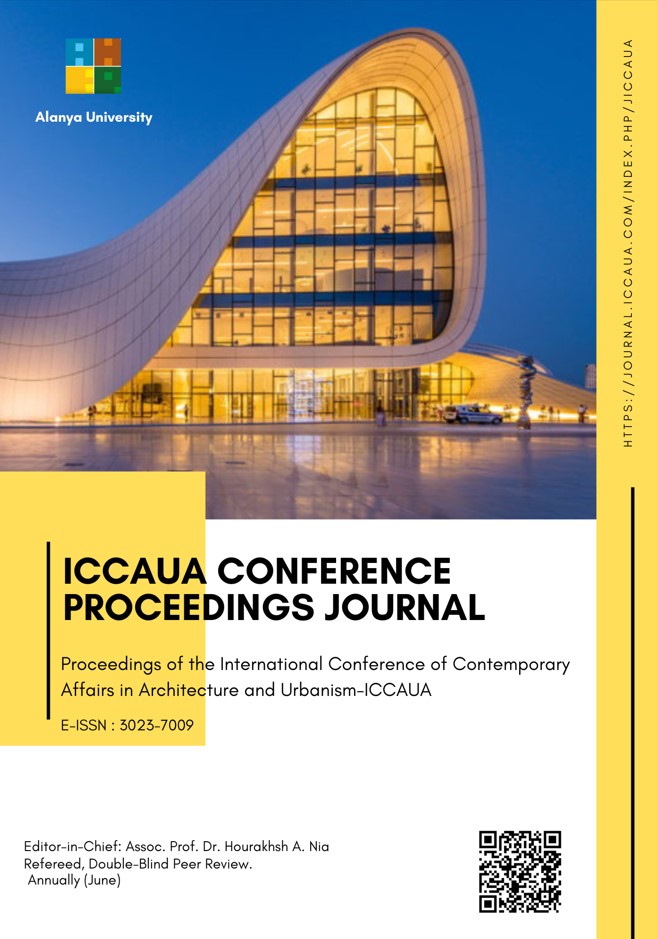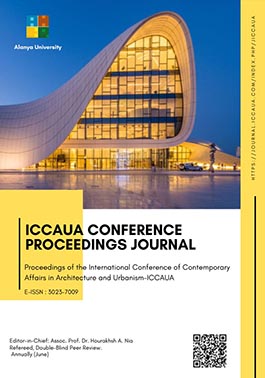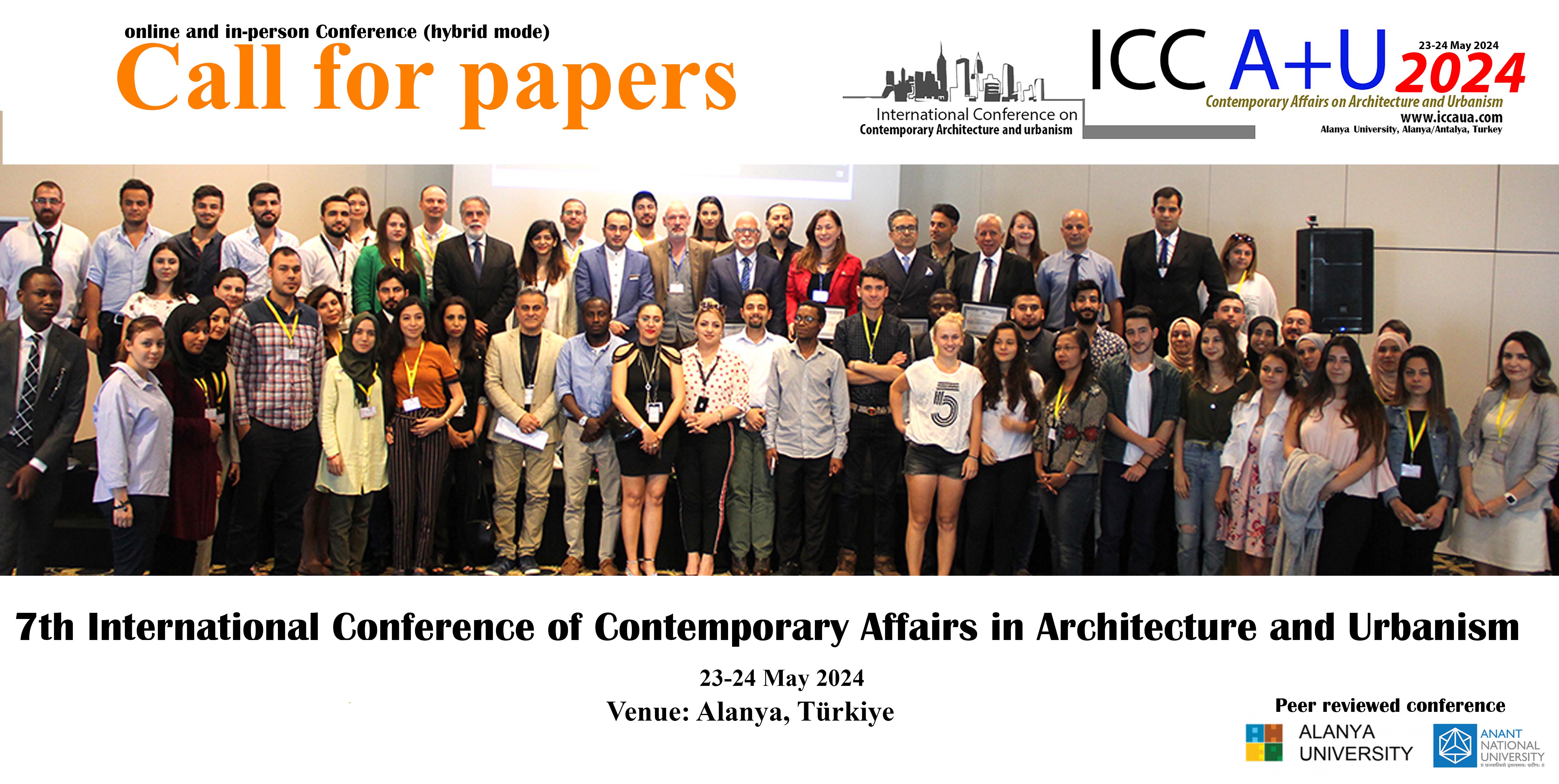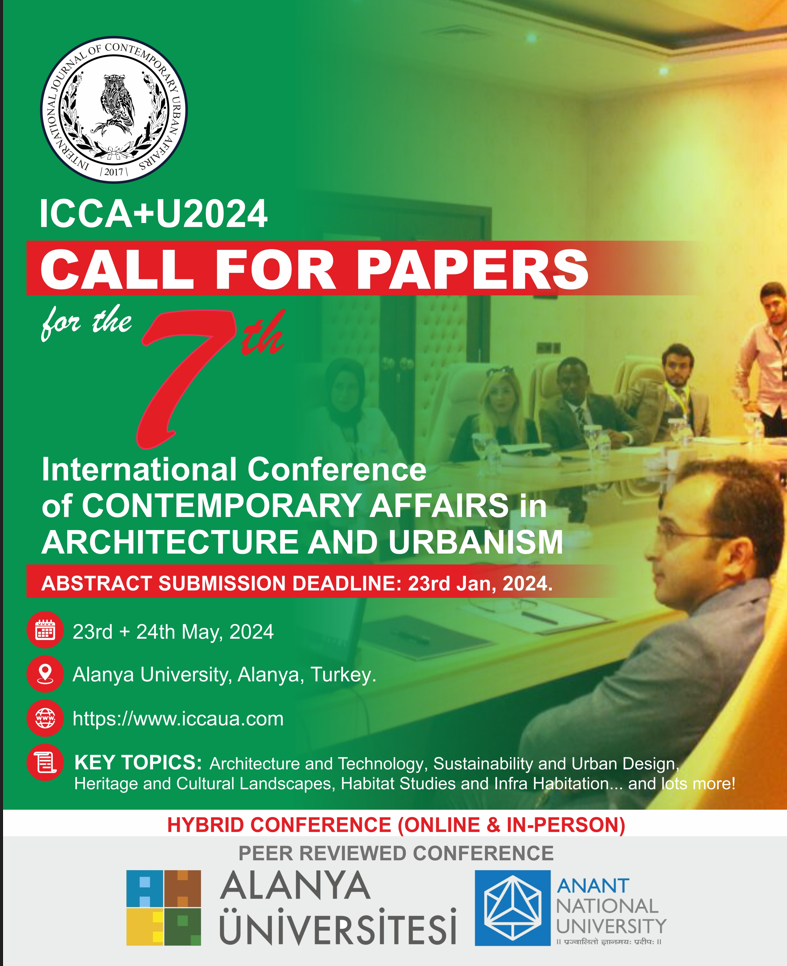Reading Landscape Designs Through Spatial Triad Theory: The Case of High Line
DOI:
https://doi.org/10.38027/iccaua2023tr0010Keywords:
Inonu University, Faculty of Fine Arts and Design, Department of Landscape Architecture, Malatya, Türkiye.Abstract
Landscape architects should benefit from spatial theories in social sciences in order to understand the reflections of their designs on space production processes. Lefebvre's theory of space provides an important basis for research in the social sciences. According to H. Lefebvre, the triad of perceived, designed and lived space is based on three interrelated dimensions of space: spatial practice, representational spaces and representations of space. Spaces produced with these three dimensions are social products. In this study, the relationship between spatialization and social transformation is analyzed within the scope of critical analysis through the High Line Park, one of the globally famous landscape designs of the spatial triad theory. Knowledge about the ways in which the process of spatialization affects social transformation makes it easier to understand the role of designers in the discipline of landscape design. The engagement of designers in this process, whether consciously or unconsciously, can lead to an increase in the pressure of design practices on spatial practices. In this context, design practices need to focus on place rather than neoliberal discourses and analyze in depth how the dynamism between the spatial triad can develop.
Downloads
Downloads
Published
How to Cite
Issue
Section
License
Copyright (c) 2023 Merve Feyza Ergan, Sevgi Gormus

This work is licensed under a Creative Commons Attribution 4.0 International License.









